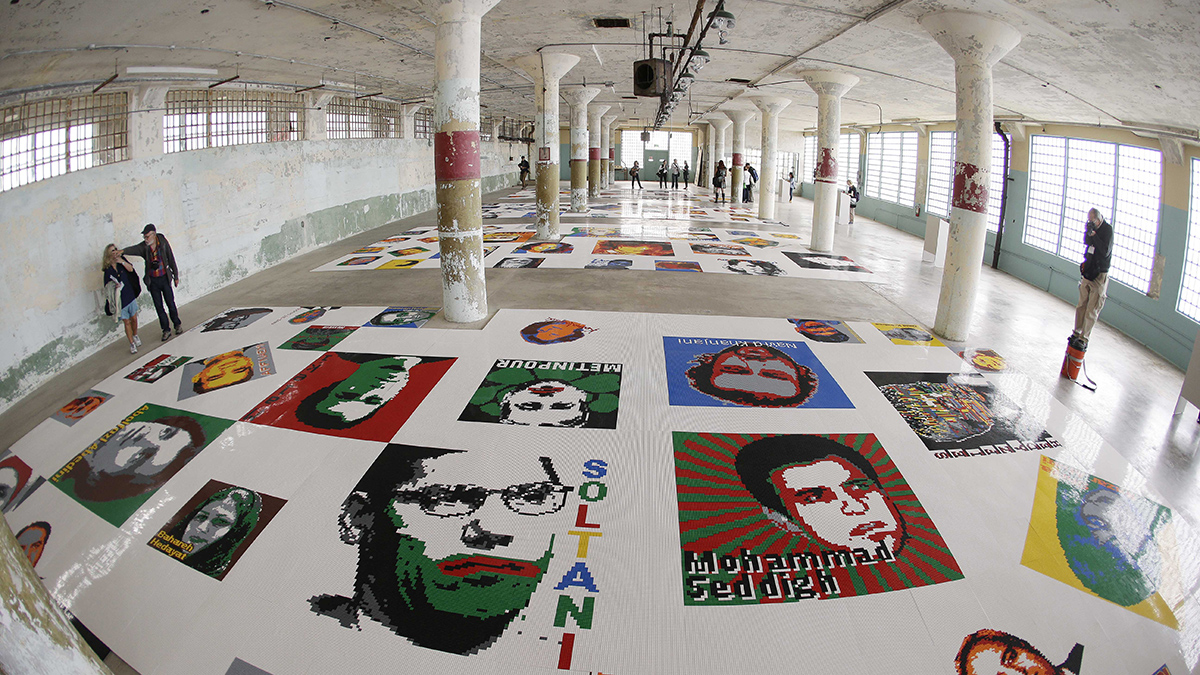At Public Seminar, Dominique Suberville argues that “the artist’s role, at this time in history, is to explore the social condition.” Using the work of Arthur Danto as a point of departure, Suberville writes that while the Abstract Expressionists thought of themselves as philosophers, today’s most important contemporary artists are unwitting sociologists:
While art has married philosophy in the past, I assert that art should now officially marry sociology. Not as a new tendency but as an embrace of something that has already occurred in the recent past.
We’ve already been referring to this as postmodernism or contemporary art. But what I find is that art has become a narrative for the social condition itself. The art world unanimously agrees that conventions have become complex and arguable, but terms like “contemporary art” do not refer to narrative, but simply to the point that it is of the recent past…
After referencing recent work by Tino Sehgal, Marina Abramovic, Santiago Sierra, and Ai Wei Wei, Suberville continues:
These world renowned artists, among thousands of others, express a similar narrative in their work, which I believe is not coincidental. This visible and recent pattern expresses that the artist’s role, at this time in history, is to explore the social condition. The artist takes the dilemmas and tensions of the social world, accentuating them in order to implicate the audience and create an awareness of them. Shape and form is irrelevant when choosing to speak of the social condition. Not to say that form is not important. A good — I use “good” cautiously — artist chooses the appropriate form in accordance to the task at hand. But, to speak of the social condition frees the artist to explore the possibilities between subject and material. The social world is constructed by situations that involve people and objects. Artists are now able to appropriate anything that involves the politics of everyday life and engage with the dilemmas that these revolve around. I vouch for the sociology in art (and vice versa) because the artist is an unaware sociologist. The artist uses the socially constructed conventions of their own social world and produces work that speaks to such conventions and the tensions and dilemmas they cause.
Image from “@Large: Ai Weiwei on Alcatraz,” 2014. Via NBC Bay Area.
